Plant Cells Vs. Animal Cells (With Diagrams) Owlcation
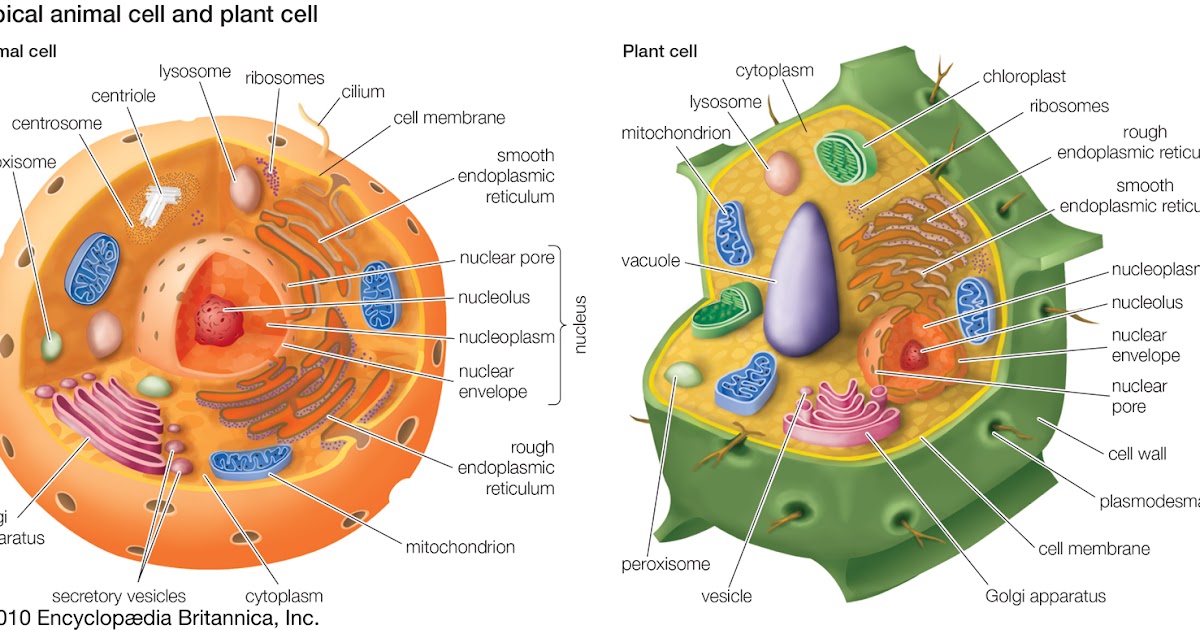
Cuthbert 7th Grade Science Day to Day Comparing Plant and Animal Cells
These junctions differ in plant and animal cells. There are a few types of cellular junctions in animal cells: tight, gap, and anchoring junctions. In contrast, there is only one type of junction in plant cells: plasmodesmata.. Transfer of action potential in between different cells likes; cardiac muscle cells to generate rhythmic.
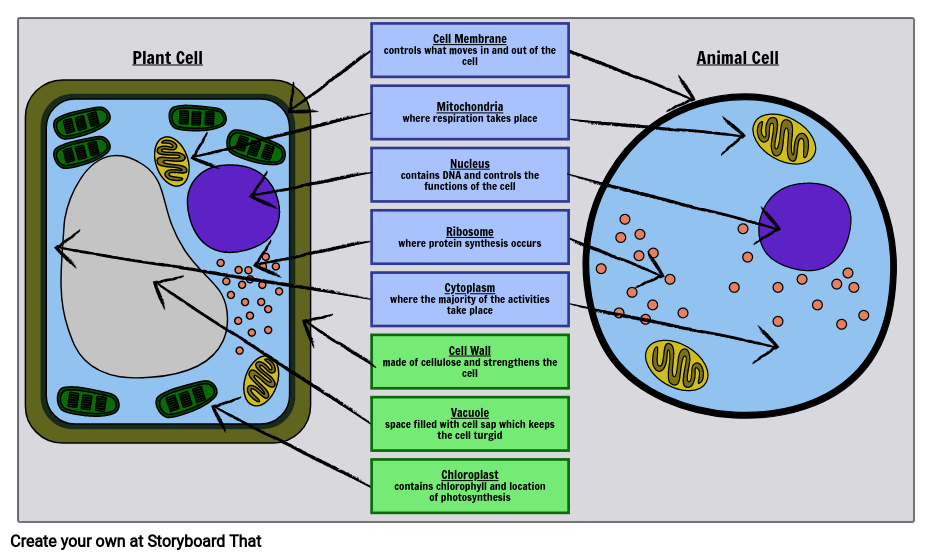
Plant and Animal Cells Storyboard by oliversmith
Lastly, similar to plasmodesmata in plant cells, gap junctions are the third type of direct junction found within animal cells. These junctions are channels between adjacent cells that allow for the transport of ions, nutrients, and other substances that enable cells to communicate. Structurally, however, gap junctions and plasmodesmata differ.

Eukaryotic Cells · Concepts of Biology
Intercellular Junctions. Cells can also communicate with each other by direct contact, referred to as intercellular junctions. There are some differences in the ways that plant and animal cells do this. Plasmodesmata (singular = plasmodesma) are junctions between plant cells, whereas animal cell contacts include tight and gap junctions, and.
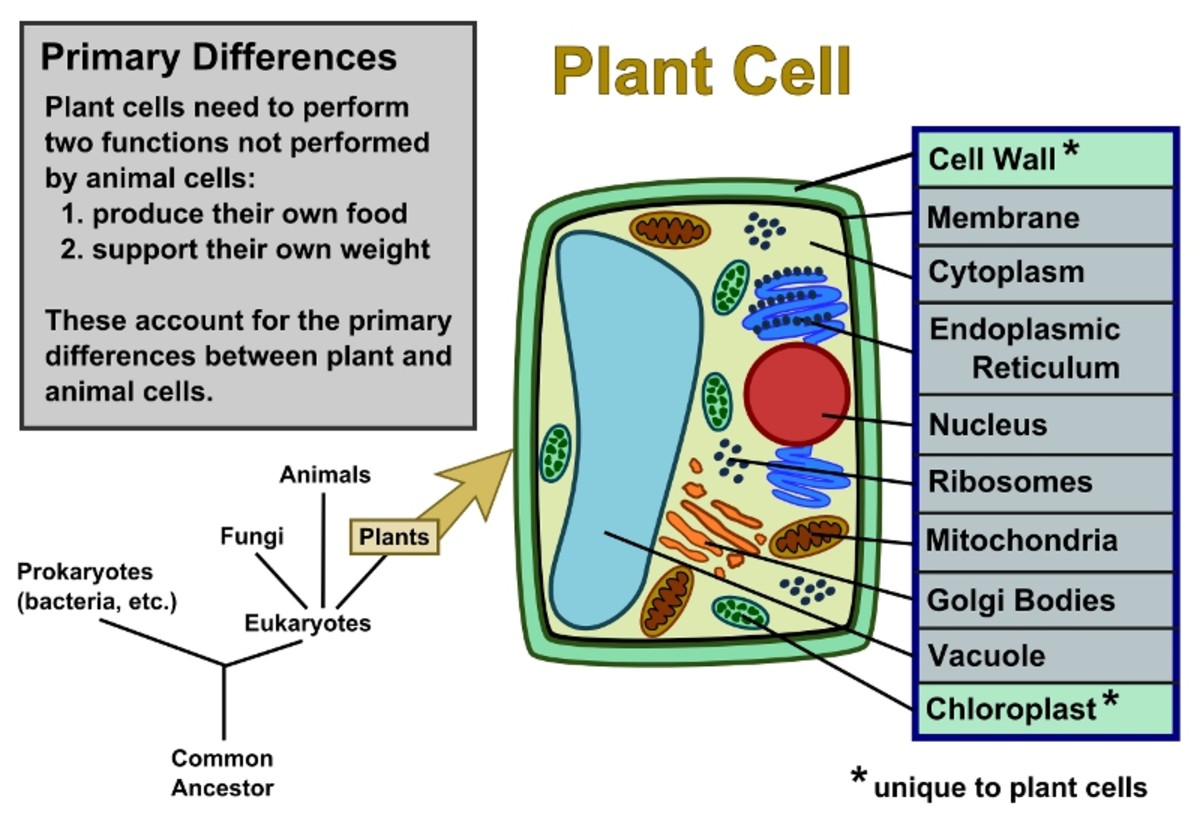
Plant Cells Vs. Animal Cells (With Diagrams) Owlcation
3.15: Junctions between Cells. In many animal tissues (e.g., connective tissue), each cell is separated from the next by an extracellular coating or matrix. However, in some tissues (e.g., epithelia), the plasma membranes of adjacent cells are pressed together. Four kinds of junctions occur in vertebrates:
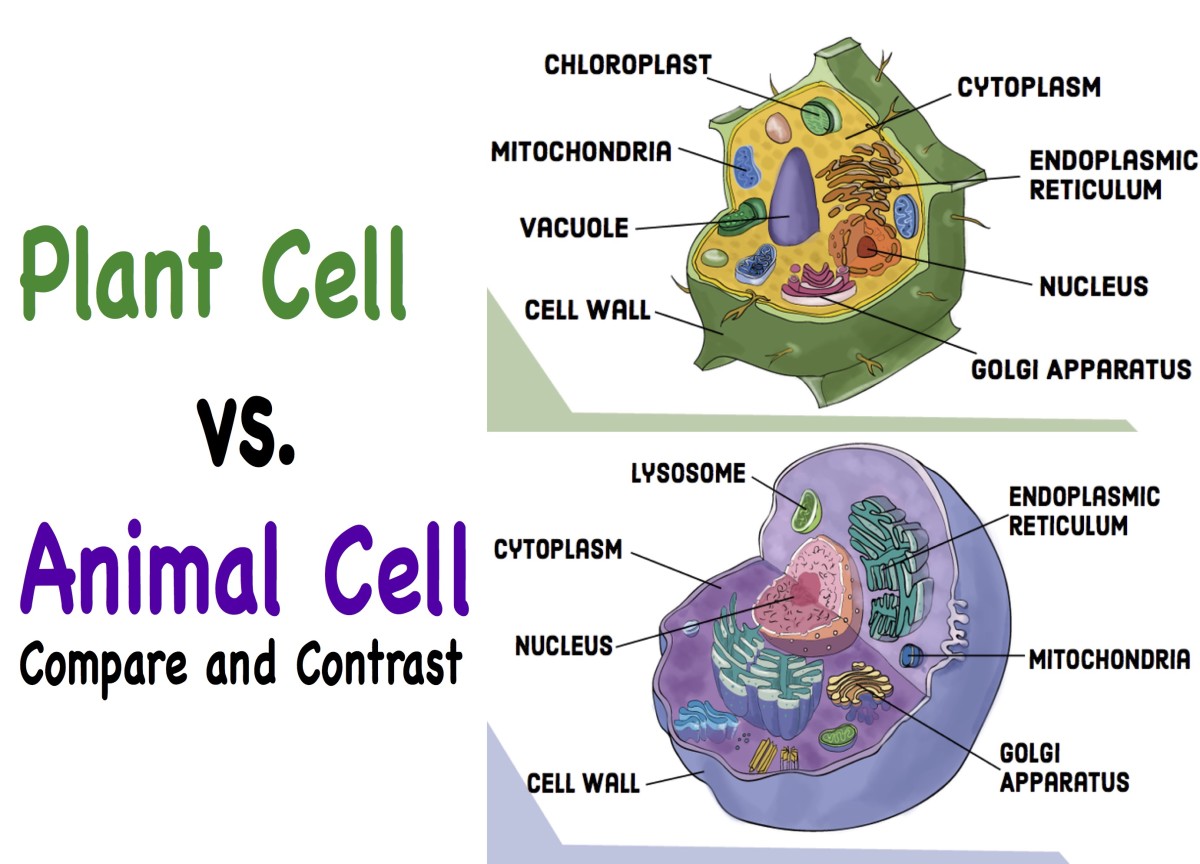
Animal Cell Vs Plant Cell Plant And Animal Cells Cell Diagram Images
Intercellular Junctions. Cells can also communicate with each other by direct contact, referred to as intercellular junctions. There are some differences in the ways that plant and animal cells do this. Plasmodesmata (singular = plasmodesma) are junctions between plant cells, whereas animal cell contacts include tight and gap junctions, and.
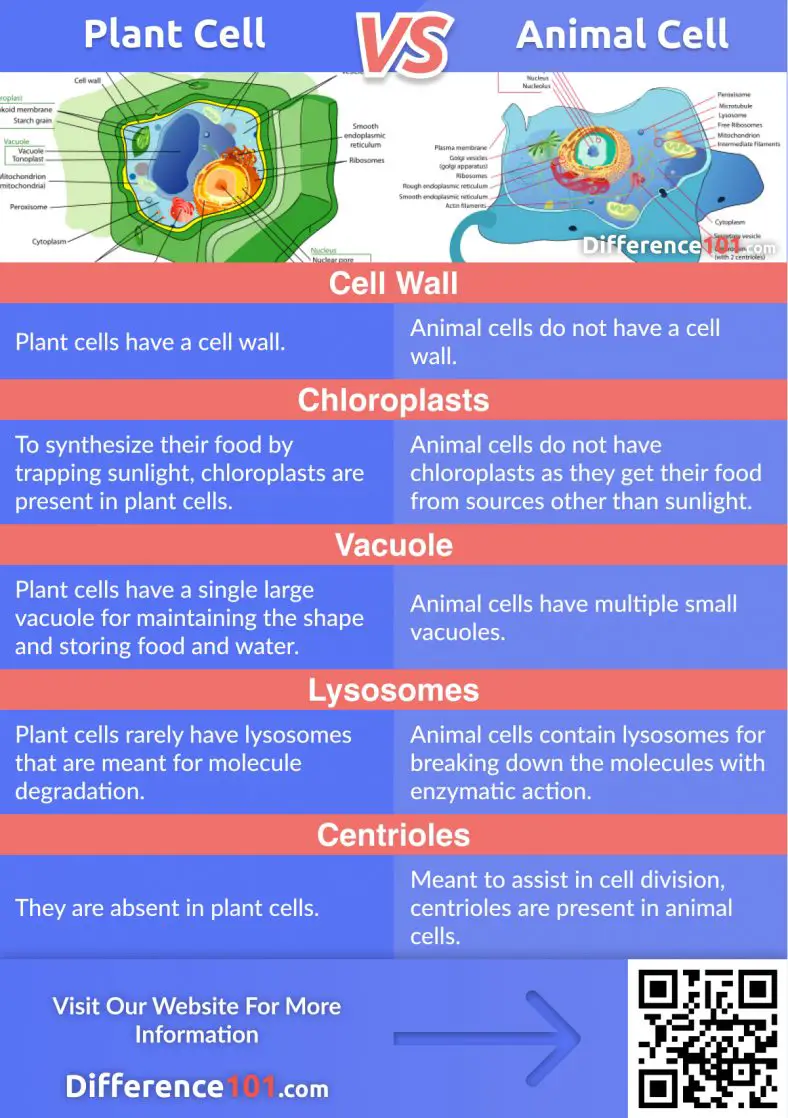
Plant Cell vs. Animal Cell 5 Key Differences Difference 101
1. Occluding junctions seal cells together in an epithelium in a way that prevents even small molecules from leaking from one side of the sheet to the other. 2. Anchoring junctions mechanically attach cells (and their cytoskeletons) to their neighbors or to the extracellular matrix. 3.

Cellcell junctions Video, Anatomy & Definition Osmosis
Structurally, however, gap junctions and plasmodesmata are quite different. In vertebrates, gap junctions develop when a set of six membrane proteins called connexins form an elongated, donut-like structure called a connexon. When the pores, or "doughnut holes," of connexons in adjacent animal cells align, a channel forms between the cells.
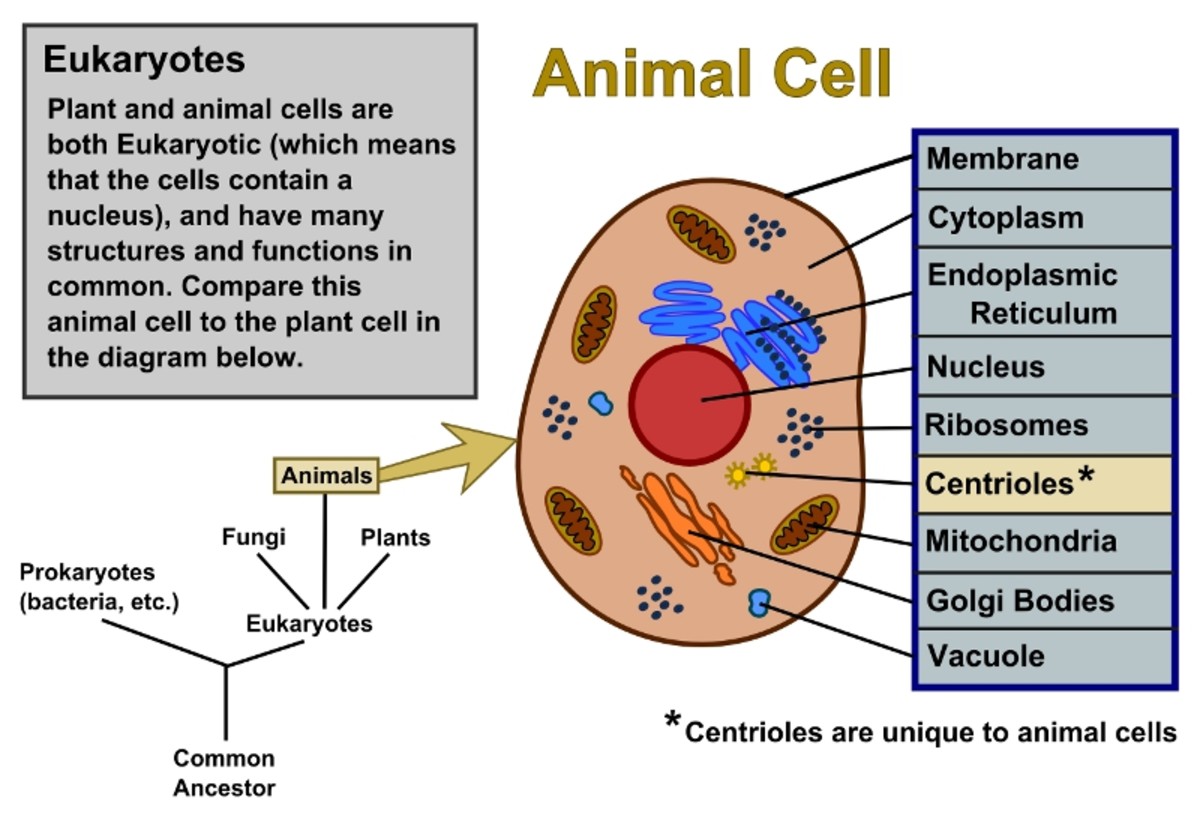
Plant Cells vs. Animal Cells, With Diagrams Owlcation
Despite their fundamental similarities, there are some striking differences between animal and plant cells (see Figure 1). Animal cells have centrosomes (or a pair of centrioles), and lysosomes, whereas plant cells do not. Plant cells have a cell wall, chloroplasts, plasmodesmata, and plastids used for storage, and a large central vacuole.
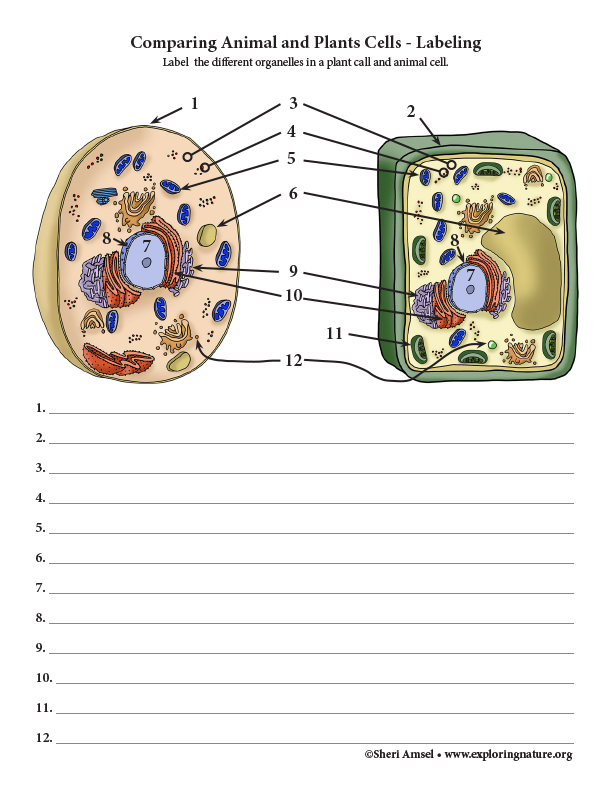
Comparing Animal and Plants Cells Labeling
The role of junctional communication in animal tissues. MANY types of animal cells, in culture and in vivo, form intercellular junctions which are freely permeable to small cellular ions and.
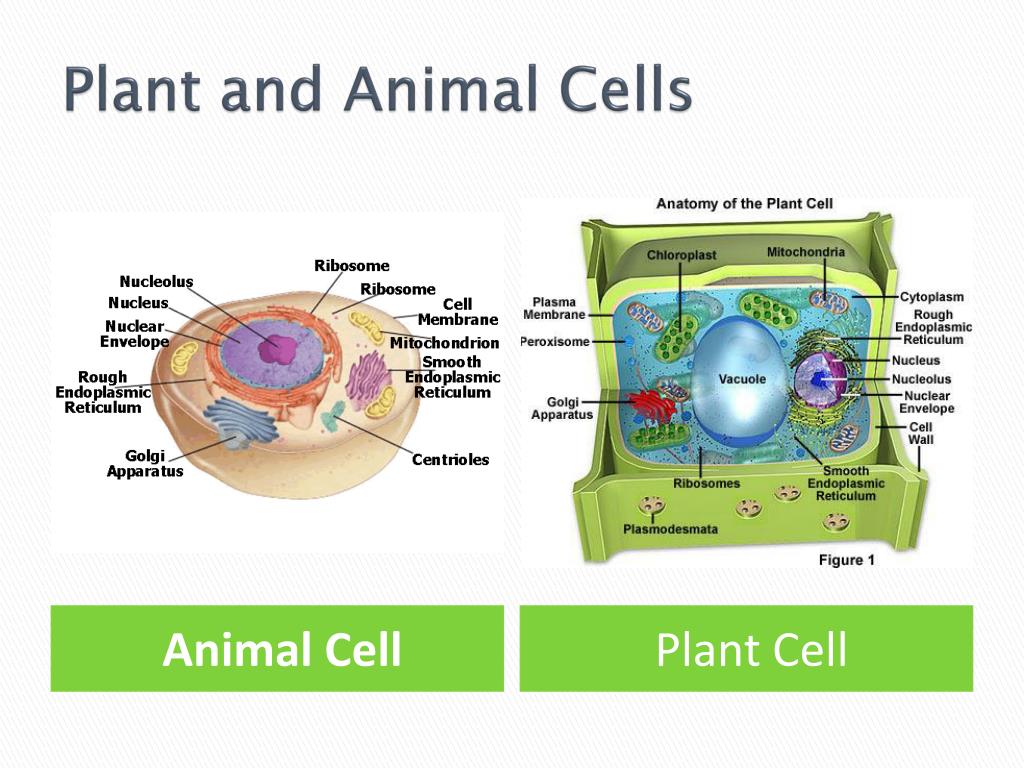
PPT Plant and Animal Cell Organelles PowerPoint Presentation, free
The main difference between plant and animal cells is that plant cells are rigid and autotrophic, while animal cells are flexible and heterotrophic. This leads to organelle and structural differences. Plant and animal cells both are eukaryotic cells, meaning they have a defined nucleus and complex structures encased within membranes (organelles).
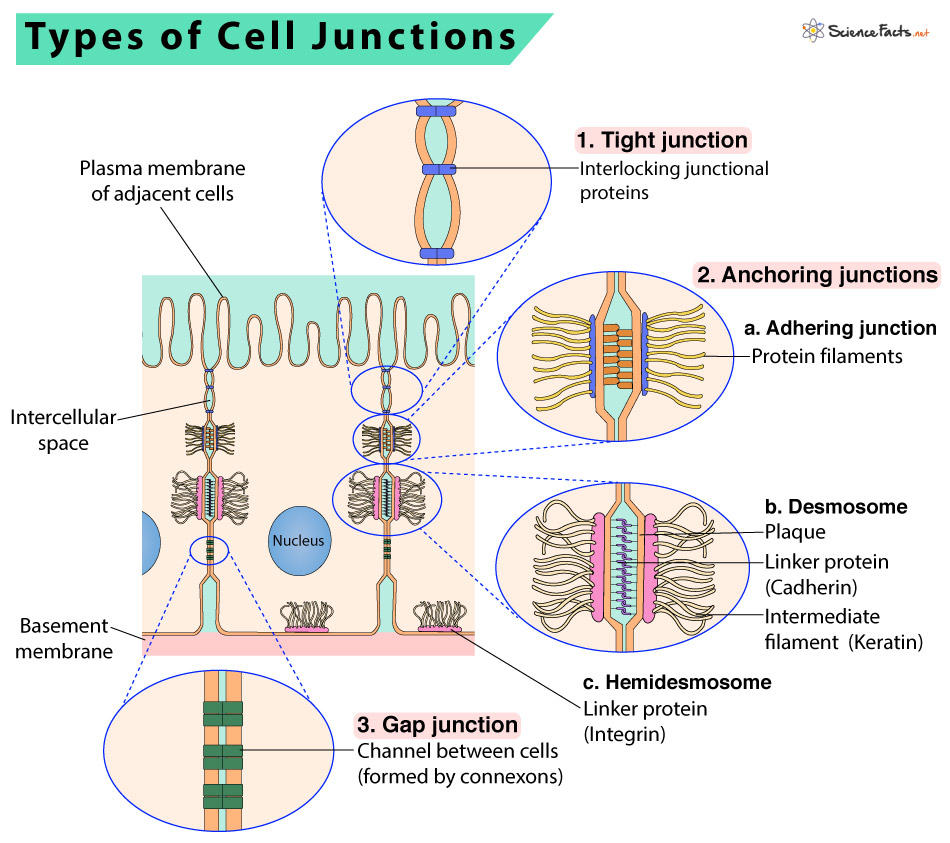
Cell Junctions Definition, Types, and Functions
Gap junctions provide one of the most common forms of intercellular communication. The structures underlying these communicating cell junctions1 were soon resolved in membrane associated particles forming aggregates of six subunits.2 They are composed of membrane proteins that form a channel that is permeable to ions and small molecules, connecting the cytoplasm of acdjacent cells. Two.

Cell Junctions Boundless Anatomy and Physiology
Function of Plasmodesmata. 1. Plasmodesmata allow molecules to interact between neighbouring plant cells. 2. They promote cell communication and the movement of substances like as hormones, carbohydrates, amino acids, and ions. 3. Plasmodesmata also allow organelles, such as chloroplasts, to travel between cells. 4.
/animal_cell_vs_plant_cell-58b45d8f5f9b5860460ceb88.jpg)
Essential Differences Between Animal and Plant Cells
These junctions are typically found in epithelial tissues that line internal organs and cavities and comprise most of the skin. For example, the tight junctions of the epithelial cells lining your urinary bladder prevent urine from leaking out into the extracellular space. Figure 4.8.1.1 4.8.1. 1: Tight Junctions: Tight junctions form.

Cell Junctions Definition & Types Video & Lesson Transcript
Animal cells are eukaryotic cells, meaning they possess a nucleus and other membrane-bound organelles. Unlike plant cells, animal cells do not have cell walls, allowing for more flexibility in shape and movement. A plasma membrane encloses the cell contents of both plant and animal cells, but it is the outer coating of an animal cell.

PPT Plant and Animal cells PowerPoint Presentation, free download
Abstract. Permeable intercellular junctions are a common feature of most animal tissues. These junctions allow the free exchange of small ions and molecules between all the cells in coupled populations. Such limited syncytial interaction contributes to the integration of individual cells into organized tissues.
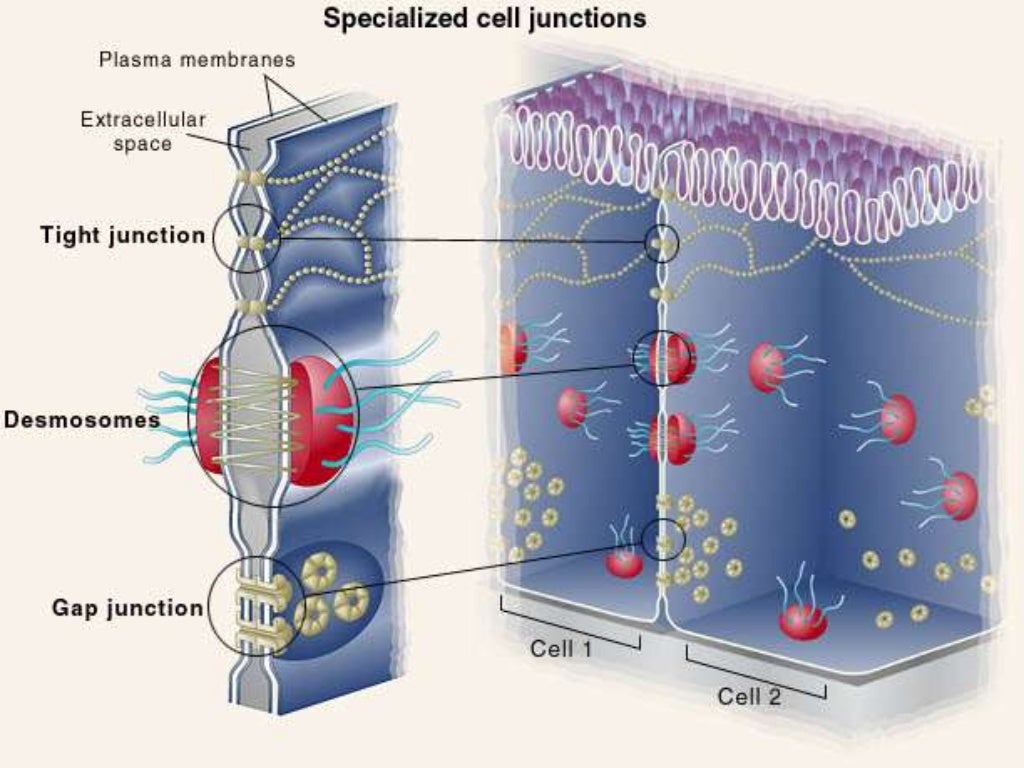
Intercellular junction
What is Cell Junction. Cell junctions, alternatively known as intercellular bridges, are specialized protein structures that provide a physical connection between the adjacent cells or between a cell and the extracellular matrix in plants and animals. These junctions are only found between immobile cells and are especially abundant in.